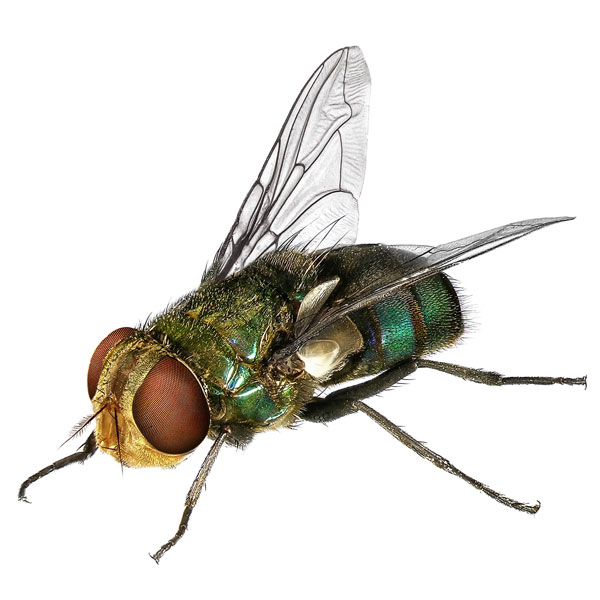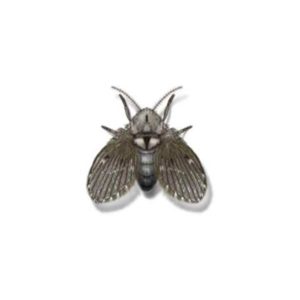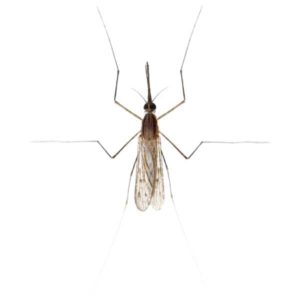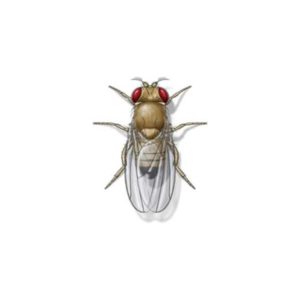Blow Flies in Florida
Blow flies are one of the most common flies found around dead animals. They prefer highly unsanitary habitats, and because of this, they may be vectors of disease pathogens, such as dysentery. These flies are distinguished by their bright metallic appearance and are abundant around commercial, institutional, industrial, and residential buildings when they are located near recycling centers, garbage dumps, slaughter-houses, and meat processing plants. Blow flies can pick up faint traces of odor of decay and can fly up to 12 miles in search of a suitable carcass to lay their eggs.
Blow Fly Habitat
Blow flies thrive best in weather that is warm and humid. They normally lay their eggs on meat, fish, or dead animals, but will also lay eggs in decomposing organic matter, like garbage, animal manure, decaying vegetables, grass clippings, and poorly managed compost piles. Under ideal temperatures, blow flies can develop from egg to adult in as little as 7 days. Many homeowners have witnessed this behavior as a mass emergence of maggots crawling from their backyard trash cans when kitchen waste placed in these trash cans was not sealed in a plastic trash bag.
Blow Fly Behaviors, Threats or Dangers
Blow flies do not bite or sting. They are, however, strongly attracted to human foods and garbage, making cooking outdoors difficult when they are present. As with house flies, they may be involved in the transmission of disease agents acquired from garbage or animal feces and subsequently deposited onto human foods. The primary threat from blow flies is the distribution of disease-carrying organisms that affect humans such as salmonella food-poisoning, Dysentery, Cholera, various parasitic worms, and many others.
If you are dealing with a blow fly problem on your property, contact your local exterminators.
Need help with Blow Fly control?
We'll call you! Leave your information below.





